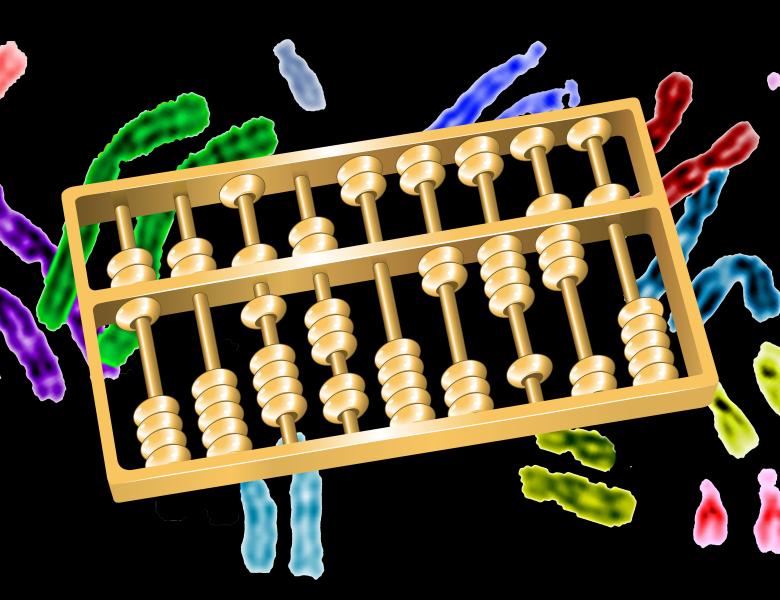
3D Genome Reconstruction and Functional Hotspot Identification
The three-dimensional (3D) configuration of chromosomes within the eukaryote nucleus is consequential for several cellular functions, including gene expression regulation, and is also associated with cancer-causing translocation events. While visualization of such architecture remains limited to low resolutions, the ability to infer structures at high resolution has been enabled by recently-devised chromosome conformation capture assays. In particular, when coupled with next generation sequencing, such methods yield a genome-wide inventory of chromatin interactions. Various algorithms have been advanced to operate on such data to produce reconstructed 3D configurations. Several studies have shown that such reconstructions provide added value over raw interaction data with respect to downstream biological analysis.
However, such added value has yet to be fully realized for higher eukaryotes since no high resolution genome-wide reconstructions have been inferred for these organisms because of computational bottlenecks and organismal complexity. After overviewing existing reconstruction approaches we propose a two-stage algorithm, deploying multi-dimensional scaling and Procrustes transformation, that overcomes these barriers. Illustrative solutions, and methods for their evaluation, are presented. Finally, reverting to yeast, we demonstrate the advantages bestowed by 3D structures with respect to identifying co-regulatory elements.
All scheduled dates:
Upcoming
No Upcoming activities yet


